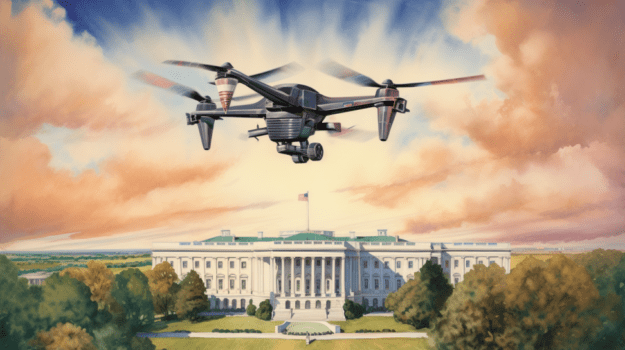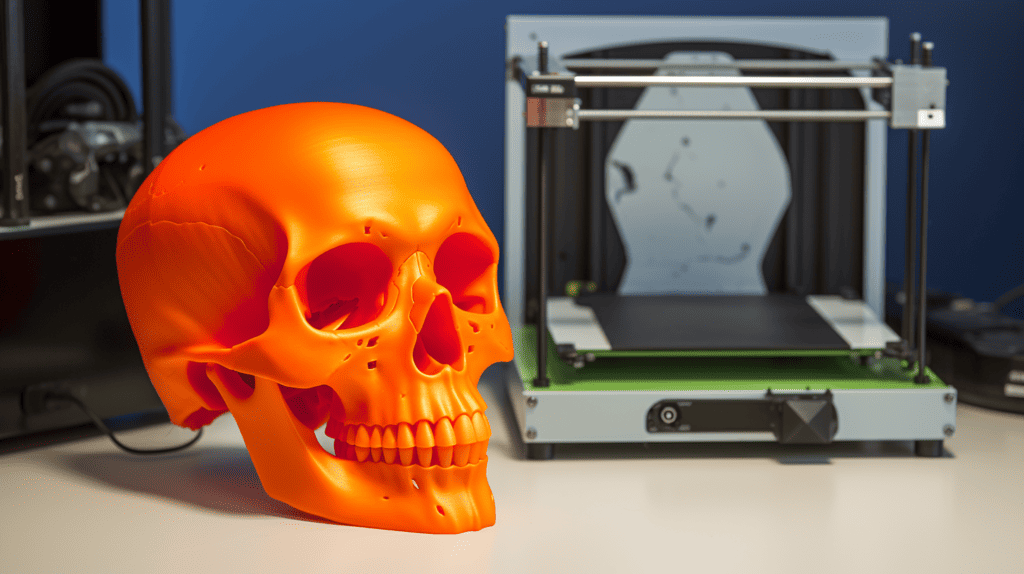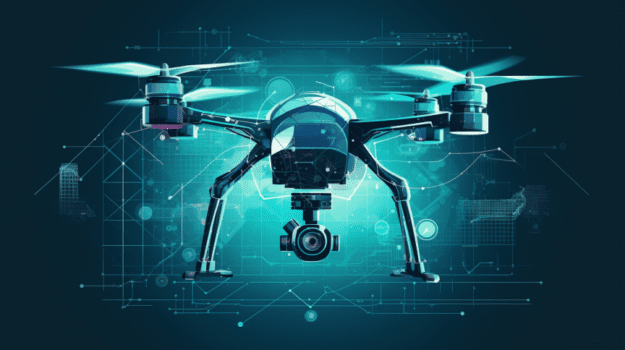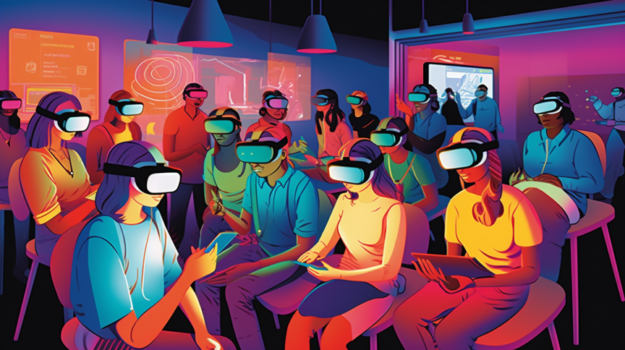Introduction to Drone Flying Regulations
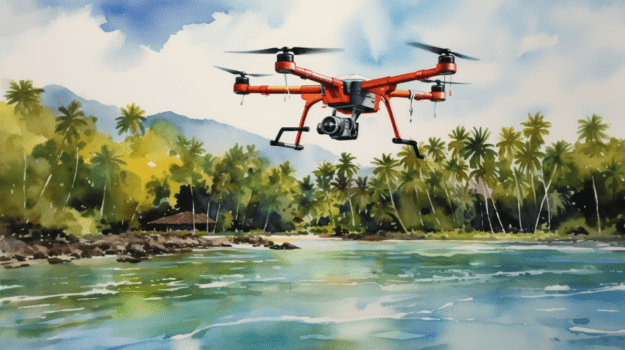
Drones, also known as unmanned aerial vehicles (UAVs), have gained immense popularity in recent years due to their versatility and wide range of applications.
These remote-controlled aircraft have captured the imagination of individuals, hobbyists, and businesses alike, allowing them to explore new perspectives and undertake tasks that were once deemed impossible.
However, with the increasing number of drones taking to the skies, there is a pressing need for regulations and legal restrictions to ensure safety, privacy, and responsible usage.
Different Types of Drones and their Legal Classifications
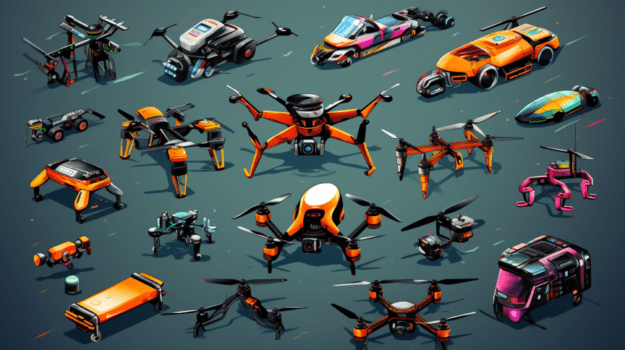
Drones come in various shapes and sizes, each designed for specific purposes. From tiny toy drones used for recreational purposes to advanced professional-grade drones equipped with sophisticated cameras, the market offers a wide array of options.
Classifying drones based on weight and capabilities is a common approach taken by regulatory bodies to ensure appropriate regulations are in place. Different classifications may mandate specific requirements such as registration, licensing, or operating restrictions, depending on the type of drone.
Overview of Global Drone Regulations
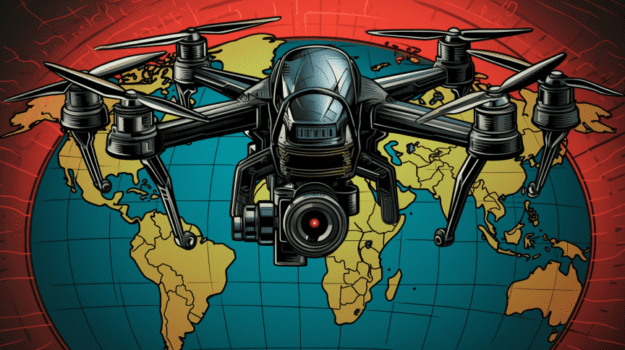
Drone regulations vary significantly from one country to another, reflecting the different priorities, safety concerns, and legal frameworks in place. By examining these regulations in various countries, we can gain a comprehensive understanding of the diverse approaches taken by different governments.
While some countries have embraced drone technology, allowing for more flexible operations, others have imposed strict limitations and requirements.
Understanding these global drone regulations is essential for both domestic and international drone enthusiasts and operators.
Federal Aviation Administration (FAA) Regulations in the United States
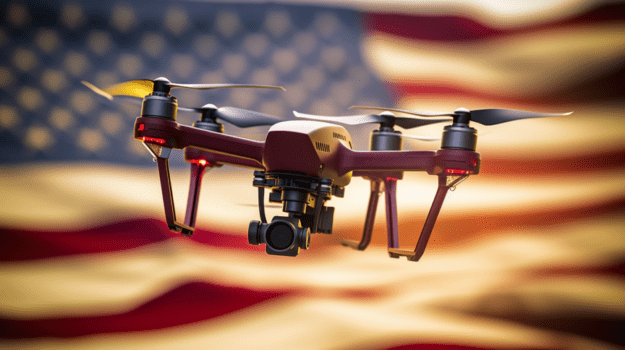
In the United States, the Federal Aviation Administration (FAA) plays a crucial role in regulating drone operations. The FAA’s regulations aim to ensure the safe integration of drones into the national airspace while minimizing risks to other aircraft and people on the ground.
Individuals operating drones for recreational purposes are required to register their drones with the FAA, while commercial drone operators must adhere to a more rigorous certification process.
Familiarizing oneself with the FAA regulations is vital to avoid potential penalties and ensure compliance with the law.
Drone Flying Restrictions and No-Fly Zones
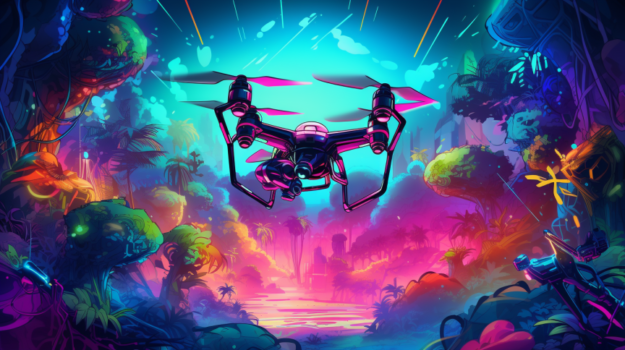
Drone flying, like any other activity, has its constraints. Various locations, such as airports, military installations, and government buildings, are designated as restricted or no-fly zones. These restrictions exist to safeguard public safety, national security, and the privacy of individuals.
As responsible drone operators, it is crucial to be aware of these restricted areas and abide by the regulations governing them. By mapping out prohibited airspace and staying informed about temporary flight restrictions, drone operators can ensure they operate within legal boundaries.
Licensing and Certification Requirements for Drone Pilots
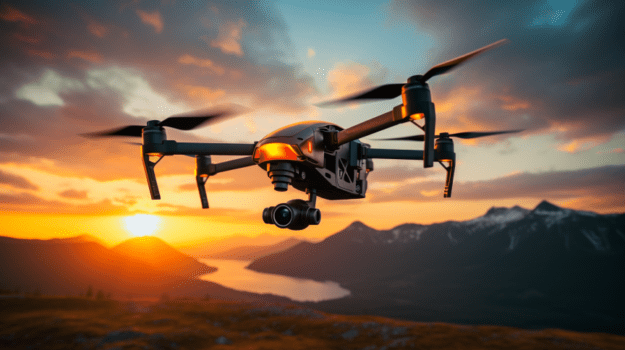
Operating drones, particularly for commercial purposes, often requires holding specific licenses and permits. Licensing requirements differ based on the nature and scale of drone operations.
Recreational drone flight typically has fewer regulatory obligations, while commercial drone pilots must possess the necessary licenses, such as the FAA Part 107 Remote Pilot Certificate in the United States.
Understanding and fulfilling these licensing and certification requirements is fundamental to legally operate drones and avoid potential legal consequences.
Safety and Operating Guidelines
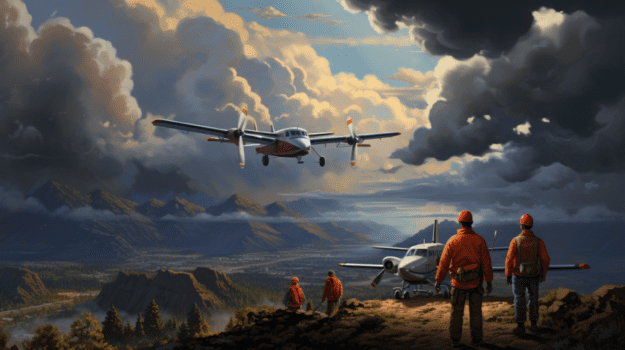
Safety should always be the paramount concern when operating drones. Adhering to established safety guidelines and best practices promotes responsible drone flying and reduces the risk of accidents.
These guidelines encompass maintaining appropriate altitude limits, taking into account weather conditions, and understanding limitations imposed by surveillance and privacy laws.
By following these safety and operating guidelines, drone pilots can prioritize the well-being of others and protect their own interests.
Privacy Concerns and Legal Implications
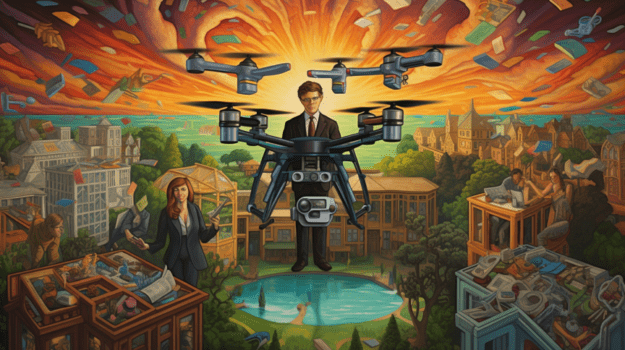
Drones equipped with cameras raise significant privacy concerns, as they have the potential to invade personal spaces and capture sensitive information. It is crucial to understand the legal boundaries surrounding drone operations, including rules about capturing photos and videos in both public and private settings.
Striking a balance between the right to privacy and the capabilities of drones requires careful consideration and compliance with applicable laws. Being mindful of these legal implications helps maintain trust in the drone community and respects the privacy of individuals.
Liability and Insurance Coverage for Drone Owners
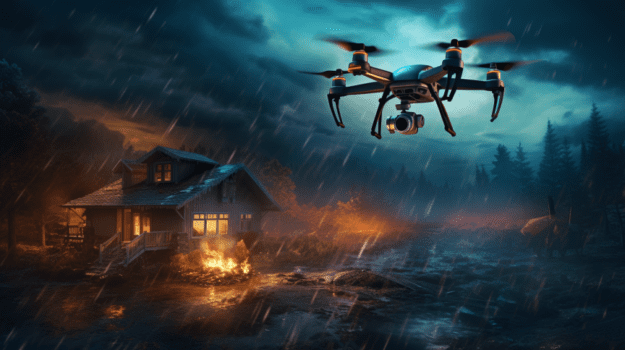
Accidents involving drones can result in property damage, personal injury, or privacy violations, potentially leading to legal liability. It is essential for drone owners to comprehend the potential risks associated with operating drones and evaluate their existing insurance coverage.
Expanding personal liability insurance to include drone-related accidents can provide an additional layer of protection and financial security. Being proactive in managing liability concerns is crucial to ensure responsible drone ownership and mitigate the potential legal consequences.
Special Considerations for Drone Flying in Public Spaces
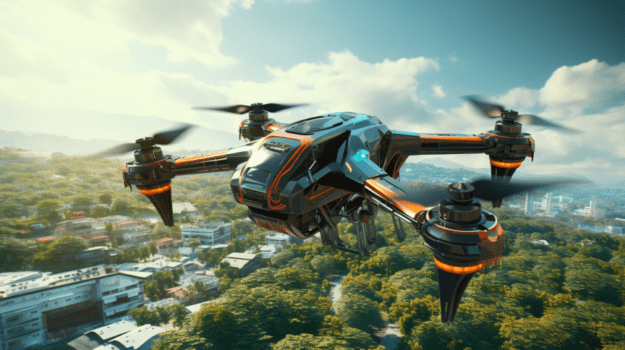
Drone flying in public spaces, such as parks or stadiums, requires careful consideration and adherence to specific guidelines and regulations. Due to the potential risks drones pose to crowds and infrastructure, it is essential to cooperate with local authorities and obtain any necessary permissions or permits.
Complying with these guidelines ensures the safety of others, encourages positive community engagement, and prevents legal complications that may arise from operating drones in public spaces.
Flying Drones for Commercial Purposes
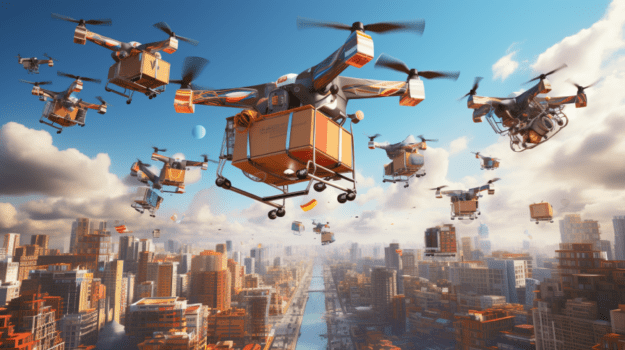
Using drones for commercial purposes introduces additional regulatory requirements and considerations. Commercial drone operators must navigate through local and national regulations to obtain the necessary permits and licenses. In the United States, compliance with the FAA’s Part 107 regulations is a fundamental requirement for commercial drone pilots. Understanding and meeting these legal obligations facilitates the smooth operation of commercial drone ventures while upholding safety standards and legal compliance.
Understanding Drone Recording and Photography Laws
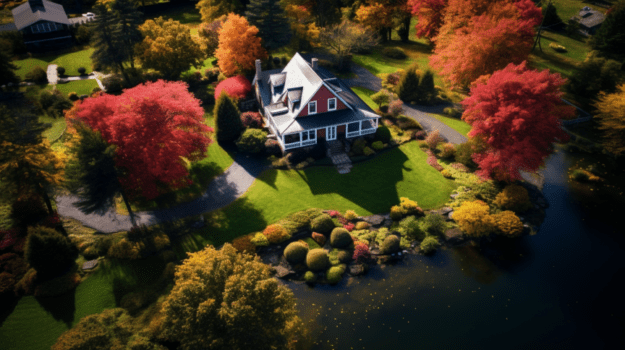
Recording images or videos using drones carries various legal implications, including intellectual property rights and privacy considerations. When operating drones equipped with cameras, it is essential to familiarize oneself with relevant copyright laws and obtain necessary permissions when recording in public or private spaces. Respect for ethical and legal considerations ensures responsible and legal drone use, preventing potential legal disputes and the infringement of others’ rights.
Drone Delivery Services and Legal Limitations
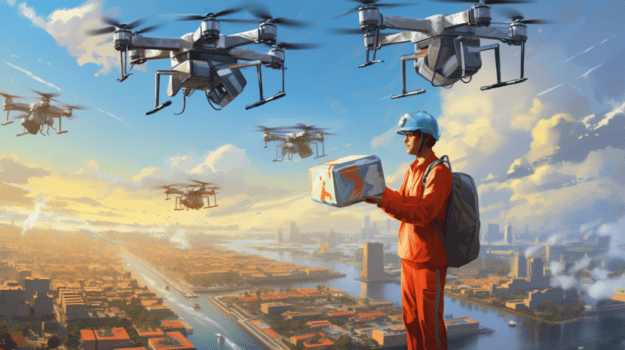
Drone delivery services have tremendous potential, but they also face significant legal challenges. Regulations related to airspace congestion, flight paths, and public safety come into play when considering the expansion of drone delivery services. Thoroughly analyzing these legal limitations helps anticipate potential obstacles and work towards innovative solutions that ensure safe and efficient drone delivery operations.
Legal Implications of Drones in Law Enforcement and Security
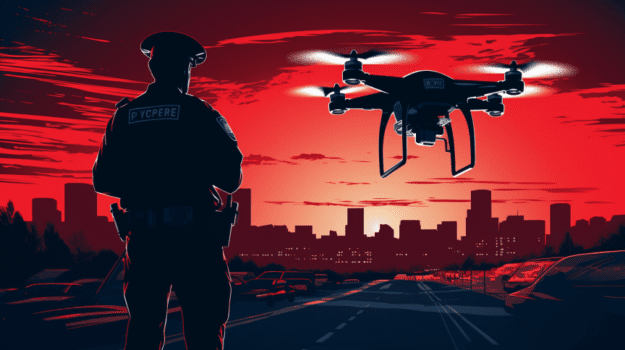
Drones have become indispensable tools for law enforcement and security agencies, but their use raises complex legal considerations. Maintaining a balance between public safety and individual privacy rights is crucial when deploying drones for surveillance or law enforcement purposes. Legal limitations and strict adherence to privacy laws are paramount to avoid potential legal challenges that may arise from the misuse or infringement of an individual’s rights.
International Travel with Drones: Legal Considerations
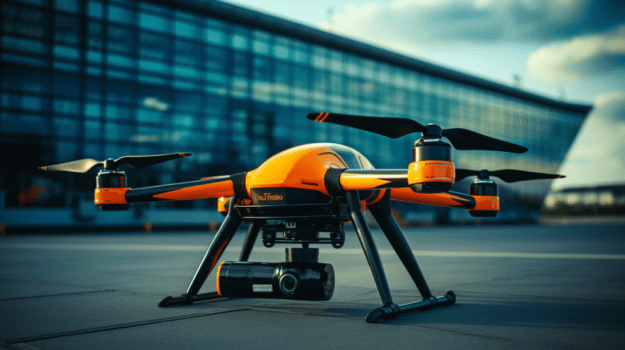
When traveling internationally with drones, it is essential to be aware of the specific guidelines and restrictions imposed by different countries. Customs regulations related to importing or exporting drones play a critical role in avoiding legal complications. Familiarizing oneself with the legal considerations and common challenges associated with international travel ensures a smooth and hassle-free experience while adhering to the laws and regulations of each respective country.
Case Study: Real-Life Scenarios of Legal Issues in Drone Usage
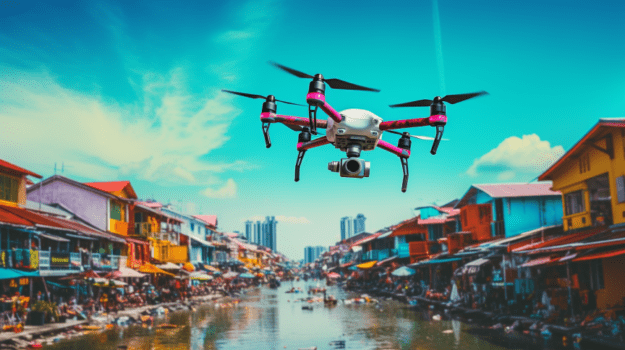
Flying drones may seem like just a hobby or a commercial opportunity, but sometimes it can lead to real-life legal issues.
Let’s explore a few incidents that demonstrate the potential complexities of drone use.
Privacy Invasion in Seattle:
Back in 2015, a Seattle woman spotted a drone hovering outside her apartment window on the 26th floor. Understandably concerned, she called her building’s concierge, who subsequently contacted the operator. While the drone operator argued he was conducting an architectural survey, the woman felt her privacy had been invaded.
This incident sparked a city-wide debate about the balance between drone usage and privacy rights. The case was eventually resolved by implementing stricter privacy regulations for drone operations in the city.
Drone Interference with Firefighting in California:
In a different scenario, drones posed a threat to public safety in 2017 when they interfered with firefighting efforts in California. The drones, flown by hobbyists eager to capture footage of the fire, delayed emergency response and endangered lives.
In response, authorities passed a law allowing emergency responders to disable drones in these situations.
Illegal Drone Flight in Yellowstone National Park:
In 2014, a Dutch tourist crashed his drone into the Grand Prismatic Spring in Yellowstone National Park, which is a prohibited flight area. The park officials could not retrieve the drone due to the sensitive ecosystem of the hot spring.
The tourist was later prosecuted, fined, and banned from the park for a year. This incident served as a stark reminder of the importance of respecting no-fly zones, especially in ecologically sensitive areas.
These scenarios provide important insights into the legal issues that can arise from drone usage. While drones offer numerous benefits, they also pose challenges that need to be managed with clear regulations.
What about you? Have you ever encountered a situation where drone usage was potentially problematic? Do you think the laws and regulations we’ve discussed so far are sufficient, or should they be further refined? We’d love to hear your thoughts!
Drones and Wildlife: Regulations and Best Practices
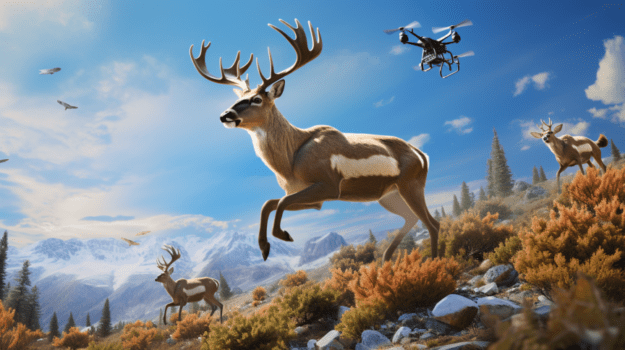
While drones open up new possibilities for capturing stunning wildlife footage, it’s important to remember that we’re entering the animals’ territory. As drone operators, we need to ensure we’re doing our part to protect the environment and not disturb its inhabitants.
Let’s examine the restrictions and best practices for flying drones near wildlife and in protected natural areas.
The Wildlife Restrictions:
In many countries, it’s illegal to fly drones in close proximity to wildlife as it can cause significant stress and disrupt their natural behaviors.
In the United States, for example, the FAA strongly advises drone operators to avoid flying within 500 feet of any wildlife.
In Canada, it’s illegal to disturb marine mammals with a drone, with fines going up to $100,000 for violations.
Protected Natural Areas:
National parks, reserves, and other protected areas often have strict no-fly rules for drones to preserve the natural environment and ensure the safety and peace of its inhabitants.
An example that springs to mind is the Yellowstone National Park incident we mentioned earlier where a tourist crashed his drone into the Grand Prismatic Spring.
So, how can we enjoy our drones while also being respectful of nature? Here are a few best practices:
Respect No-Fly Zones:
Always adhere to the no-fly zones, especially around national parks or wildlife reserves. These areas are marked off for a reason, often to protect wildlife and their habitats.
Keep Your Distance:
Even if there are no specific regulations in your area, it’s a good rule of thumb to keep a safe distance from animals to avoid causing them stress or interrupting their normal behavior.
Avoid Nesting Seasons:
Flying a drone near animals during their breeding or nesting seasons can have a destructive impact. Try to avoid these sensitive periods, or at least ensure you’re operating your drone at a respectful distance.
Educate Yourself:
Before you fly, spend time learning about the wildlife in the area and their behaviors. The more informed you are, the more you can minimize your impact.
Remember, as we enjoy the benefits of drone technology, it is our responsibility to use it in a way that respects the environment. And as always, happy, and responsible flying!
What is your take on drone flying near wildlife? Have you had experiences that you would like to share? We welcome all your thoughts and stories in the comments!
Drones in Emergency Situations: Regulations and Permissions
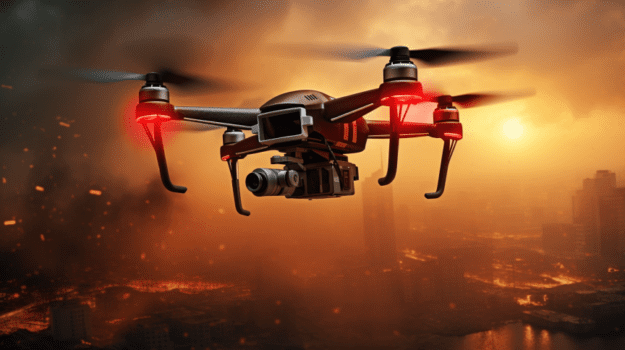
Drones are not just toys or tools for aerial photography. They can also play a significant role in emergency situations such as search and rescue operations, disaster relief, and firefighting.
Let us dive into how drones are being used in these critical scenarios and the special regulations that come into play.
Search and Rescue Operations:
In recent years, drones equipped with thermal cameras have become an invaluable asset in search and rescue missions. They can swiftly cover large areas and provide real-time data to teams on the ground, all while minimizing risk to human personnel.
However, it is crucial to remember that these missions often occur in high-stress, time-sensitive environments. Therefore, drone operators need to comply with any instructions from emergency responders and ensure they are not interfering with rescue efforts.
Disaster Relief:
In disaster-stricken areas, drones can be used for assessing damage, locating survivors, and delivering necessary supplies.
Again, these operations must be conducted in coordination with disaster management teams, as uncontrolled drone activity can disrupt organized relief efforts.
Firefighting:
Drones can provide firefighters with an aerial perspective, allowing them to see the extent of a fire, identify hotspots, and strategize their efforts.
However, it is important to note that unauthorized drone flights in these areas can interfere with firefighting aircraft and potentially lead to accidents, as was seen in the California wildfires.
So, what special regulations and permissions are associated with these emergency uses of drones?
Generally, drone use in emergency situations is regulated by the same authorities that govern civilian drone use (like the FAA in the U.S.), but with provisions for rapid response and coordination with emergency services.
To legally fly a drone as part of an emergency response, operators often need to obtain a special waiver or permission from the relevant authority, ensuring that the operation will not interfere with other emergency response activities.
Overall, while drones have immense potential in emergency situations, the utmost care and respect for regulations are necessary to ensure these operations support rather than hinder emergency response efforts.
As drone operators, we should ask ourselves:
Are we prepared and informed about the use of drones in emergencies?
Do we know our role and how to coordinate with authorities if such situations arise? Your thoughts and comments are always welcome!
Drones Over Private Property and National Parks: FAA Regulations
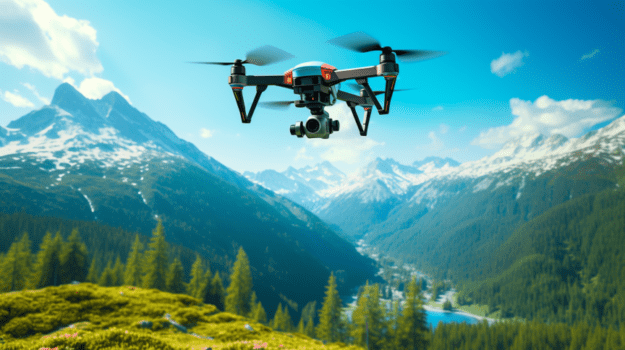
Whether you are a drone hobbyist or a professional pilot, navigating the sky is not as simple as just launching your drone.
Certain areas, particularly private properties and national parks come with their own set of rules.
Let us explore the FAA regulations surrounding these areas and why these regulations exist.
Private Property:
Flying over private property can be a tricky issue. The FAA does not have specific rules prohibiting drones from flying over private property, but they do mandate that drone operators respect all local and state privacy laws.
It is essential to remember that while the airspace is federal jurisdiction, the ground underneath, including any buildings, belongs to the property owner. Unauthorized flights over private properties can lead to potential privacy issues or legal disputes.
National Parks:
In contrast, the rules for flying drones in national parks are quite clear-cut. The National Park Service, under the Department of Interior, has banned drone flights within national parks since 2014.
The reasons behind this blanket ban primarily revolve around the preservation of wildlife, the natural environment, and the visitor experience. Drones can disturb wildlife and create unwanted noise, disrupting the tranquility that these parks aim to provide.
So, how can we as drone operators comply with these rules?
Seek Permission:
If you want to fly your drone over private property, the best practice is to seek permission from the property owner. This way, you ensure you are respecting their privacy rights and avoiding potential legal issues.
Adhere to National Park Rules:
If you are considering flying your drone in a national park, the rule is simple—do not. The ban on drone flights in national parks is enforced with hefty fines and even potential jail time for violations. There are plenty of other beautiful, legal places to fly your drone.
Stay Informed:
Regulations can change, and they may vary from one location to another. It is crucial to stay informed about the latest drone regulations, whether from the FAA, local authorities, or specific agencies like the National Park Service.
Flying responsibly is all about understanding the balance between enjoying your drone and respecting others’ privacy, as well as preserving nature.
What are your thoughts on these regulations?
Have you faced any challenges regarding these rules?
Your insights and experiences can greatly benefit the drone community, so feel free to share in the comments!
The Future of Drone Swarms and Autonomous Fleets
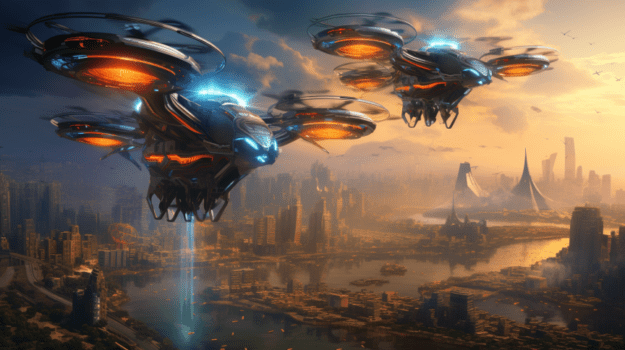
As we look to the future, it is not hard to imagine skies filled with automated drone fleets or synchronized drone swarms.
These groups of drones, working in unison, can open up many exciting possibilities, from highly efficient package delivery to advanced search and rescue missions. But, as with any technological leap, these advancements also come with a new set of legal and ethical considerations.
Let us consider a few potential scenarios.
Drone Swarms in Delivery Services:
Imagine a swarm of drones efficiently delivering packages across a city. Sounds like a dream come true, right? But who would be responsible if one of these drones crashes or injures someone? The legal considerations around liability and accountability need to be thoroughly addressed before we see swarms of delivery drones in our skies.
Autonomous Fleets in Surveillance:
Autonomous drone fleets could be incredibly useful for law enforcement, offering a bird’s-eye view of crime scenes or tracking suspects. But what about privacy? Current regulations emphasize the pilot’s responsibility to avoid invading privacy, but how would these rules apply to autonomous drones?
Drone Swarms in Environmental Monitoring:
Swarms of drones could be used for tasks like monitoring wildfires or tracking wildlife. However, even in these beneficial uses, we must ensure the technology doesn’t inadvertently cause harm to the environment or wildlife.
So, how might regulations need to adapt to these future technologies?
Clear Liability Rules:
With autonomous operations, assigning liability becomes complex. Future regulations will need to establish who’s responsible when things go wrong – the drone manufacturer, the software provider, or the operator.
Privacy Protections:
As technology outpaces legislation, we need to ensure future drone regulations protect individuals’ privacy, especially with autonomous surveillance drones.
Environmental Impact Assessments:
The potential environmental impact of large drone swarms should be carefully studied, and guidelines need to be developed to minimize any negative effects.
These are just a few considerations as we navigate the future of drone technology. The important thing is to continue the conversation and adapt our regulations to ensure safe, respectful, and beneficial drone usage.
What do you think about the future of drone swarms and autonomous fleets?
How do you see the legislation evolving to keep up with these technologies?
Feel free to share your thoughts and join the conversation!
Emerging Technologies and Future Legal Considerations

The rapid advancement of drone technologies, such as artificial intelligence and autonomous flight systems, introduces new legal considerations. Regulators around the world continuously adapt their regulations to keep pace with these emerging technologies. Understanding the legal implications of these advancements and anticipating potential regulatory changes is crucial for both drone enthusiasts and businesses. Staying informed allows for proactive compliance and ensures the responsible integration of emerging technologies into the existing legal framework.
Summary:
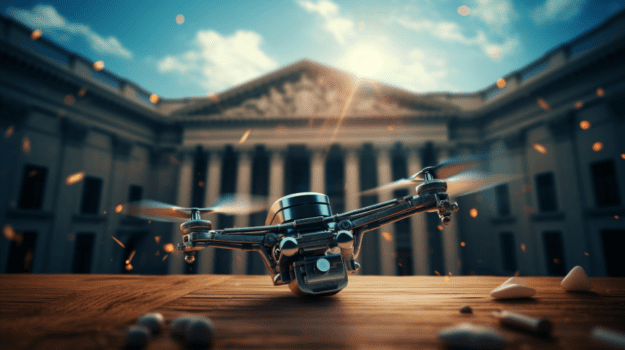
Navigating the legal restrictions for drone flying requires a comprehensive understanding of the various regulations, guidelines, and considerations discussed.
By proactively familiarizing oneself with relevant laws, adhering to safety guidelines, respecting privacy rights, and staying informed about emerging technologies and potential regulatory changes, drone operators can strike a balance between safety, privacy, and legality.
It is paramount to maintain responsible and legal operations to foster a positive and sustainable future for drones.
FAQs: Your Questions Answered on Drone Regulations
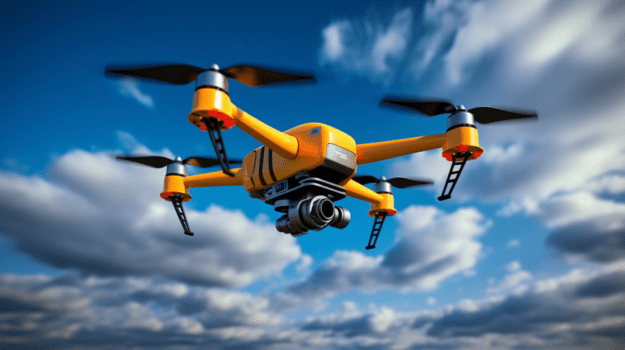
In our journey to master the art and science of drone flying, a few queries often pop up. That is why we have compiled and answered some of the most frequently asked questions about drone regulations.
From age restrictions to nighttime flying, and even licensing requirements, we are here to shed light on these topics and more, promoting responsible and informed drone operations.
Q: What are the age restrictions for flying a drone?
A: In the U.S., under FAA regulations, you must be at least 16 years old to get a Remote Pilot Certificate, which is required for commercial drone operations. For recreational drone flying, there’s no set age limit, but the FAA recommends that children under the age of 14 be supervised by an adult.
Q: Can I fly a drone at night?
A: Yes, you can, but with conditions. Since April 2021, the FAA allows drone flights at night under Part 107 if the drone has anti-collision lighting that can be seen for 3 statute miles. However, recreational drone pilots need to pass the FAA’s free online safety test, known as The Recreational UAS Safety Test (TRUST), before flying at night.
Q: Do I need a license to fly a recreational drone?
A: Technically, no. But if your drone weighs between 0.55 and 55 pounds, you are required to register it with the FAA, and you must carry proof of registration with you whenever you are flying. Plus, it is always recommended to pass the TRUST test to ensure you understand safety rules and guidelines.
We have also added a few more queries to help you out:
Q: Can I fly my drone over people or moving vehicles?
A: The FAA’s rules under Part 107 prohibit flying a drone directly over people or moving vehicles unless certain conditions are met. This is mainly for safety reasons as an unexpected drone malfunction could lead to injuries.
Q: Can I fly a drone in national parks?
A: No, drone flights are prohibited in national parks under the National Park Service’s regulations. This rule helps to preserve the natural environment and prevent disruptions to wildlife.
Q: How high can I fly my drone?
A: In general, the maximum altitude for flying a drone in the U.S. is 400 feet above the ground level. However, you can fly higher if you are within 400 feet of a tall structure.
Q: Can I fly a drone near an airport?
A: Flying drones near airports can be hazardous and is heavily regulated. Drones should not be flown within 5 miles of an airport unless you have contacted the airport and control tower before flying.
We hope this clears up some common questions about drone regulations. Remember, when in doubt, it is always best to check with the FAA or your local regulatory authority to ensure you are flying safely and legally. Got more questions? Drop them in the comments, and we will do our best to answer them. Happy flying!

